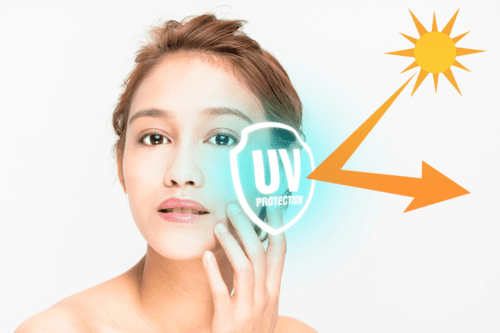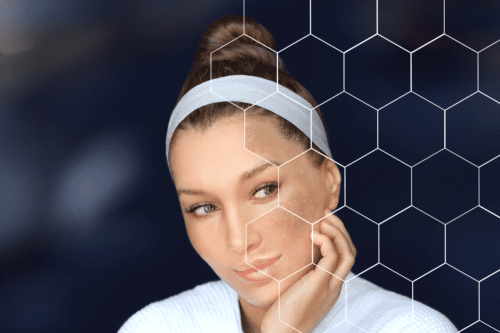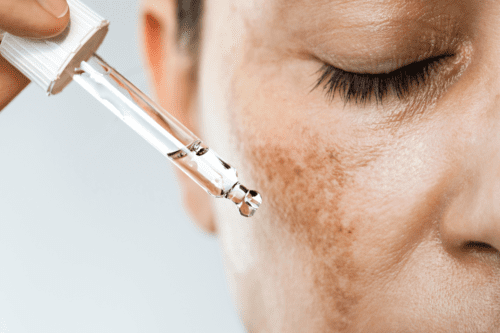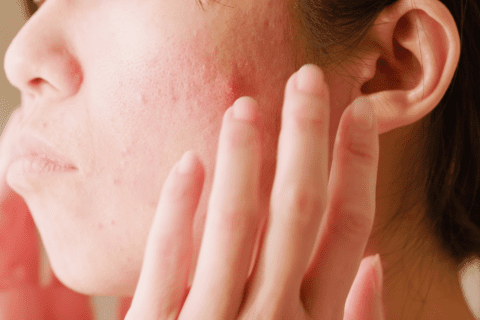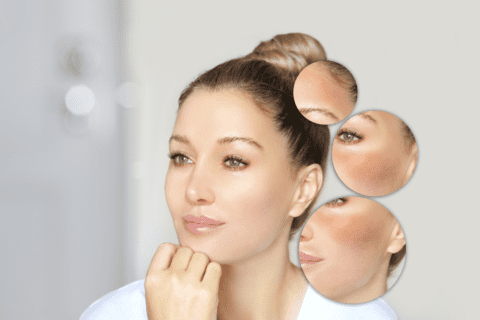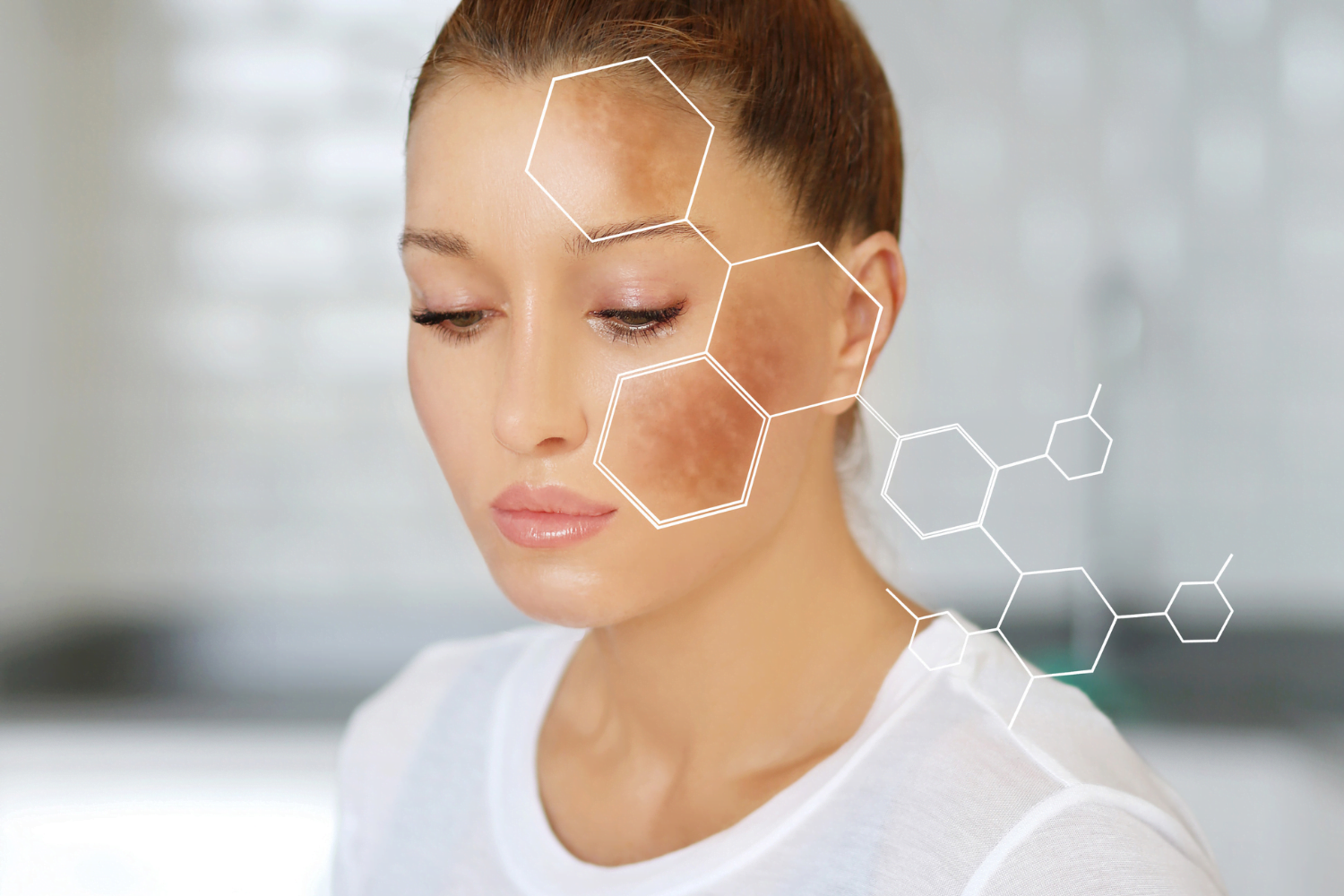
How to Decrease Melanin in Skin – Melanin Reduction Secrets
Melanin, the pigment responsible for the color of our skin, hair, and eyes, is a vital component of our body’s defense mechanism against harmful UV radiation. It comes in different forms, including eumelanin and pheomelanin, each with varying effects on skin tone and susceptibility to damage. Understanding how melanin works and its implications for skin health is crucial for individuals seeking to achieve a more even complexion and reduce the appearance of hyperpigmentation.
Understanding Melanin Production
Melanocytes, specialized cells found in the skin’s epidermis, are responsible for producing melanin. The process, known as melanogenesis, is influenced by various factors, including exposure to sunlight, hormonal changes, and genetic predispositions. While melanin production is a natural and essential function of the body, excessive or uneven distribution can lead to undesirable skin conditions such as hyperpigmentation and sunspots.
Effects of Excessive Melanin
Excessive melanin production can result in hyperpigmentation, characterized by dark patches or spots on the skin. Sun exposure, hormonal fluctuations, and certain medications can exacerbate this condition, leading to an uneven complexion and diminished self-confidence. Understanding the underlying causes of hyperpigmentation is essential for implementing effective treatment strategies and achieving lasting results.
May You Like This – Best Skincare Routine for Dry Skin
Natural Ways to Decrease Melanin
Incorporating certain foods and ingredients into your diet can help regulate melanin production and promote a more balanced skin tone. Foods rich in antioxidants, such as berries, leafy greens, and citrus fruits, can help neutralize free radicals and reduce oxidative stress on the skin. Additionally, incorporating natural ingredients like turmeric, licorice extract, and kojic acid into your skincare routine can help inhibit melanin production and promote a brighter complexion.
Topical Treatments for Melanin Reduction
Over-the-counter skincare products containing ingredients such as hydroquinone, retinoids, and vitamin C can help fade dark spots and promote an even skin tone. For more severe cases of hyperpigmentation, prescription treatments like topical corticosteroids or chemical peels may be recommended by a dermatologist. Professional procedures such as laser therapy or microdermabrasion can also be effective in targeting stubborn pigmentation and revealing smoother, more radiant skin.
Sun Protection
Protecting your skin from harmful UV radiation is essential for preventing further melanin production and maintaining a youthful complexion. Incorporating broad-spectrum sunscreen into your daily skincare routine and avoiding prolonged sun exposure can help minimize the risk of sunspots and hyperpigmentation. Additionally, wearing protective clothing and seeking shade during peak sun hours can further reduce your risk of UV damage.
Home Remedies for Melanin Reduction
Certain home remedies and natural ingredients can help lighten dark spots and promote a more even skin tone. Lemon juice, for example, contains natural bleaching properties that can help fade hyperpigmentation when applied topically. Aloe vera gel is another popular remedy known for its soothing and brightening effects on the skin, while yogurt contains lactic acid, which can gently exfoliate and lighten dark spots over time.
Professional Treatments for Melanin Reduction
For individuals seeking more dramatic results, professional treatments performed by a licensed dermatologist or skincare specialist may be recommended. Chemical peels, which involve the application of a chemical solution to the skin to exfoliate dead cells and promote cell turnover, can help improve the appearance of dark spots and uneven pigmentation. Laser therapy, on the other hand, uses targeted beams of light to break up melanin deposits and stimulate collagen production, resulting in smoother, more youthful-looking skin.
Managing Melanin Production: Tips and Tricks
In addition to topical treatments and professional procedures, adopting a comprehensive skincare routine can help manage melanin production and maintain a healthy complexion. Regular exfoliation with gentle scrubs or chemical exfoliants can help remove dead skin cells and promote cell turnover, while moisturizing ingredients like hyaluronic acid and ceramides can help hydrate and plump the skin. Stress management techniques such as meditation, yoga, and deep breathing exercises can also help reduce cortisol levels and prevent hormonal fluctuations that can trigger melanin production.
Precautions and Risks
It’s essential to approach melanin reduction treatments with caution and be aware of potential risks and side effects. Allergic reactions to certain ingredients or procedures can occur, leading to redness, irritation, or even blistering of the skin. Additionally, some treatments may increase sensitivity to sunlight, making it crucial to wear sunscreen and protective clothing to minimize the risk of sunburn and further damage.
Consulting a Dermatologist
Before starting any melanin reduction treatment regimen, it’s essential to consult with a dermatologist or skincare professional to assess your skin type and develop a customized treatment plan. A thorough evaluation of your medical history, current skincare routine, and lifestyle factors will help determine the most appropriate course of action to achieve your desired results safely and effectively.
Potential Side Effects of Melanin Reduction Treatments
While melanin reduction treatments can yield dramatic results, it’s essential to be aware of potential side effects and complications. Depending on the type of treatment and your skin’s sensitivity, you may experience temporary redness, swelling, or peeling following a procedure. It’s crucial to follow your dermatologist’s post-treatment instructions carefully and avoid excessive sun exposure to minimize the risk of complications and ensure optimal healing.
Safety Considerations
When incorporating new skincare products or treatments into your routine, it’s essential to perform a patch test to assess your skin’s reaction and tolerance. Apply a small amount of the product to a discreet area of the skin and monitor for any signs of irritation or allergic reaction over the next 24-48 hours. Additionally, introduce new products gradually to allow your skin to acclimate and minimize the risk of adverse effects.
Monitoring Progress
Achieving optimal results from melanin reduction treatments requires patience, consistency, and careful monitoring of your skin’s response to treatment. Keep track of any changes in pigmentation, texture, or overall skin health, and communicate openly with your dermatologist or skincare provider about your progress and concerns. By working together as a team, you can develop a customized treatment plan that addresses your unique skincare needs and goals.
Conclusion
Reducing melanin production and achieving a more even complexion requires a multifaceted approach that addresses both internal and external factors influencing skin health. By incorporating a combination of natural remedies, topical treatments, and professional procedures into your skincare routine, you can effectively lighten dark spots, even out pigmentation, and restore a youthful glow to your skin. Remember to consult with a dermatologist or skincare professional before starting any new treatment regimen and prioritize sun protection to maintain long-term results and preserve the health and integrity of your skin.
FAQs
Is it possible to eliminate melanin from the skin?
While it’s not possible to eliminate melanin from the skin, certain treatments and procedures can help reduce its production and minimize the appearance of dark spots and hyperpigmentation.
Are there any natural remedies for reducing melanin in the skin?
Yes, several natural ingredients such as lemon juice, aloe vera, and yogurt contain properties that can help lighten dark spots and promote a more even complexion when applied topically.
How long does it take to see results from melanin reduction treatments?
The timeframe for seeing results from melanin reduction treatments can vary depending on the type of treatment used, the severity of the condition being treated, and individual factors such as skin type and sensitivity. In general, it may take several weeks to months to see noticeable improvements in skin tone and texture.
Are melanin reduction treatments safe for all skin types?
While many melanin reduction treatments are safe for all skin types, certain procedures and ingredients may be better suited for specific skin concerns or sensitivities. It’s essential to consult with a dermatologist or skincare professional to determine the most appropriate treatment options for your unique needs and goals.
Can melanin reduction treatments cause skin damage or complications?
While melanin reduction treatments can yield significant improvements in skin tone and texture, there is a risk of potential side effects and complications, particularly if not performed correctly or if proper post-treatment care is not followed. It’s crucial to follow your dermatologist’s recommendations and monitor your skin’s response to treatment closely to minimize the risk of adverse effects.

